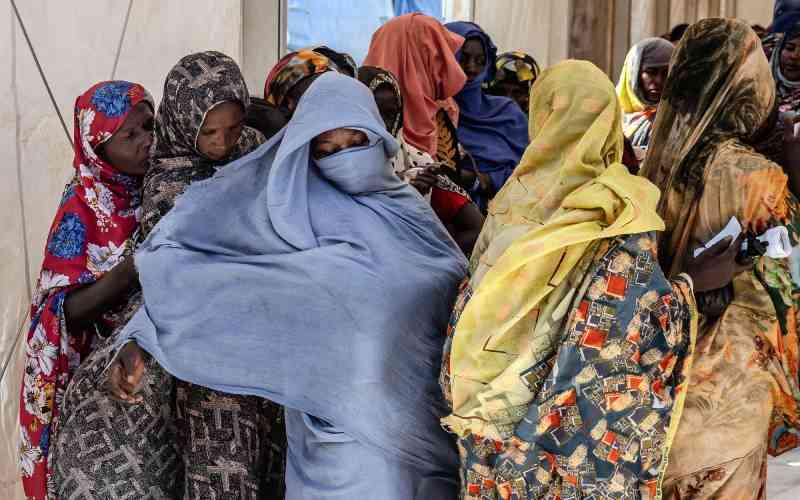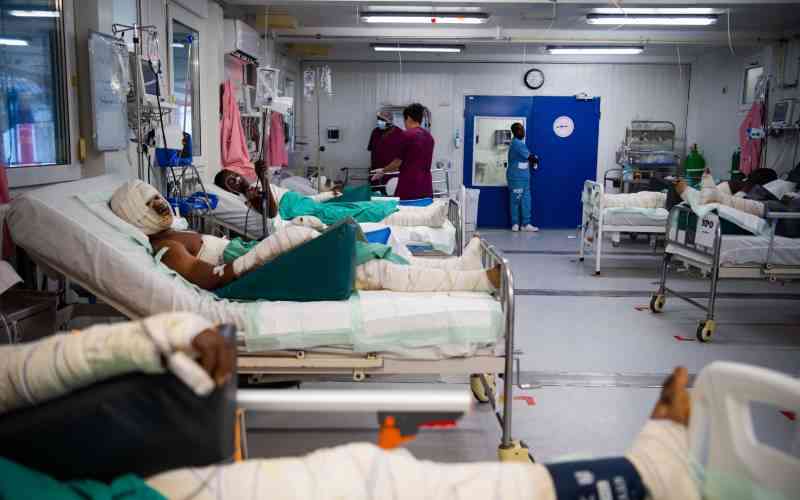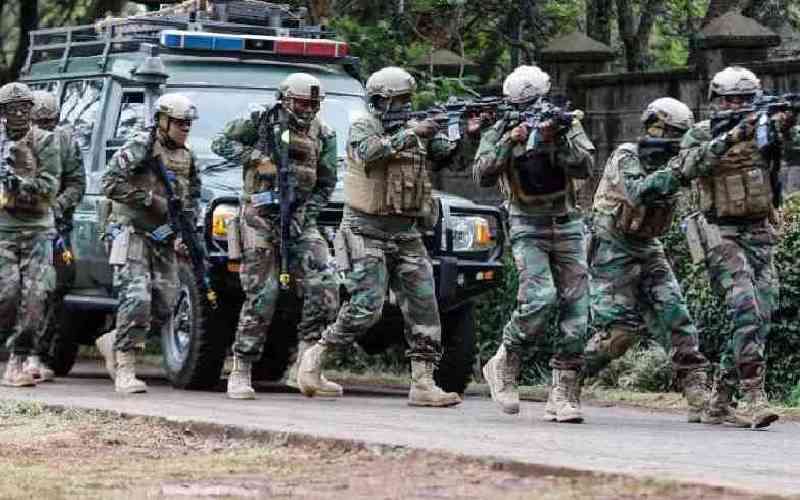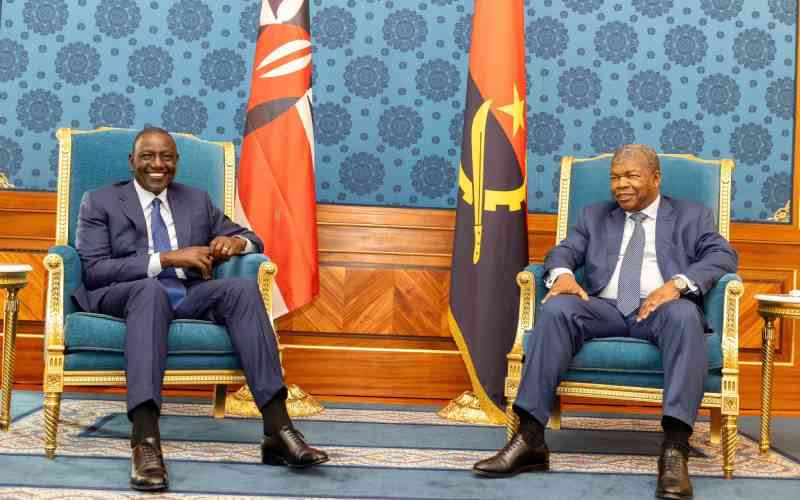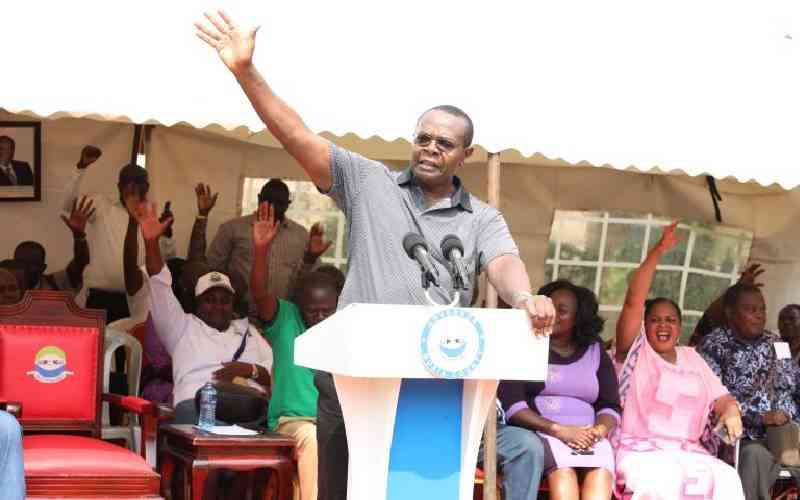In spite of the legislative, policy and other programmatic initiatives to protect children from violence in Kenya, our young ones continue to face physical, sexual, emotional and other forms of abuse.
Every day, media reports paint a picture of widespread violence against children. For example, cases of Female Genital Mutilation (FGM) are still rampant despite efforts by government and various NGOs to stem the vice.
The story of Jelida, 14, from Meru County who died from complications arising from FGM is still fresh in our minds. Not to mention the alarming number of girls who could not sit their 2018 KCPE exams due to teenage pregnancy. Even more shocking are findings of studies such as the 2015 study by the Kenya Catholic secretariat, which revealed that violence against children is often perpetrated by people closest to them, who ideally should be protecting them such as parents and teachers.
Most incidences of violence against children actually go unreported and unrecorded. They remain hidden for many reasons including fear, stigma, social acceptance and lack of awareness on where and how to report such cases. Based on various findings, community-driven responses for child protection yield far much better results than externally initiated efforts. A child needs to first feel safe at home, and then be enabled to enjoy the support and care of the extended community.
No matter its cultural, economic or social background, every community can prevent violence against children. This entails being well connected with statutory child protection systems and establishing strong community level networks. Arresting perpetrators is not enough. And so is strengthening mechanisms for evidence preservation and prosecution.
We should go a step further and work on transforming community mindsets, attitudes, beliefs and practices towards violence against children. It is critical to give children and caregivers, information and skills necessary to prevent and respond to violence.
Based on this rationale and building upon our extensive experience working with community-based mechanisms across 26 counties, strengthening well-connected and skilled teams of community child protection champions to create awareness and facilitate community participation in preventing and responding to children harms can achieve better results.
This approach complements government efforts towards establishing strong community mechanisms for child protection and enhancing caregiver’s knowledge and skills on child rights as well as well-coordinated reporting and referral mechanisms.
One thing we can all be certain of is that we will not always be around – one day each of us will die. When that happens, what will be our legacy? Our children are our future. Protecting them from violence will give them solid foundation to lead healthy and productive lives. Good news is, all violence against children is preventable.
The costly implication for failing to protect children is high. According to a 2014 study by ChildFund Alliance, the cost of physical, psychological and sexual violence against children is up to 8 per cent of the Global Gross Domestic Product. As this study shows, preventing childhood violence doesn’t just make humanitarian sense; it makes economic sense. We must incorporate child protection as a key ingredient in government led community initiatives such as the Nyumba Kumi. We must pool efforts and recognise that protecting children is not only a matter of statutory child protection systems but a responsibility for all.
- The writer is ChildFund Kenya Country Director
 The Standard Group Plc is a
multi-media organization with investments in media platforms spanning newspaper
print operations, television, radio broadcasting, digital and online services. The
Standard Group is recognized as a leading multi-media house in Kenya with a key
influence in matters of national and international interest.
The Standard Group Plc is a
multi-media organization with investments in media platforms spanning newspaper
print operations, television, radio broadcasting, digital and online services. The
Standard Group is recognized as a leading multi-media house in Kenya with a key
influence in matters of national and international interest.
 The Standard Group Plc is a
multi-media organization with investments in media platforms spanning newspaper
print operations, television, radio broadcasting, digital and online services. The
Standard Group is recognized as a leading multi-media house in Kenya with a key
influence in matters of national and international interest.
The Standard Group Plc is a
multi-media organization with investments in media platforms spanning newspaper
print operations, television, radio broadcasting, digital and online services. The
Standard Group is recognized as a leading multi-media house in Kenya with a key
influence in matters of national and international interest.

